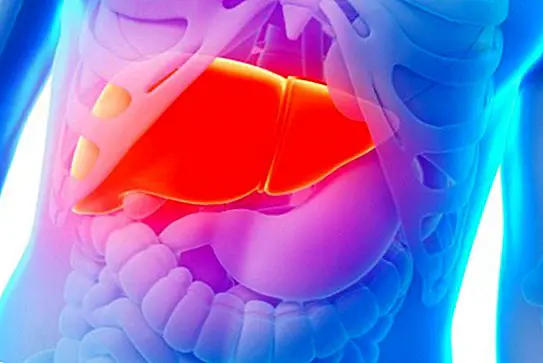Leucine: essential amino acid
 The essential amino acids They differ from non-essential amino acids in that they can not be synthesized by our body, so to obtain them it is necessary to do so through our diet, especially by those foods richer in protein.
The essential amino acids They differ from non-essential amino acids in that they can not be synthesized by our body, so to obtain them it is necessary to do so through our diet, especially by those foods richer in protein.
When we provide essential amino acids to our organism from the food we consume, it breaks down proteins (in order to obtain these amino acids), and then forms new proteins.
What is leucine?
As we indicated before, leucine is an essential amino acid that we have to contribute to our body through diet, being unable to synthesize it.
Along with isoleucine and valine, leucine is one of the most abundant essential amino acids of branched chain, which become the only ones used during physical exercise by our body.
Functions of leucine
- It is part of the genetic code.
- Intervenes in the formation and repair of muscle tissue, helping in turn to protect the muscles.
- It helps regulate blood sugar levels.
- Acts as energy in high-effort workouts.
- It helps increase the production of growth hormone.
Benefits of leucine for health
Leucine is an essential amino acid that interacts with valine and isoleucine to promote the healing of bones, muscles and skin.
In addition, it is an amino acid recommended in sports practice, since it helps to repair muscles, and provides energy in high-effort training.
It reduces the levels of sugar in the blood, and also helps increase the production of growth hormone.
Where to find leucine?
The foods groups richest in leucine are those foods rich in protein of animal origin, such as fish, meat, milk and eggs.
Image | jlastras This article is published for informational purposes only. You can not and should not replace the consultation with a Nutritionist. We advise you to consult your trusted Nutritionist. ThemesAmino acids


